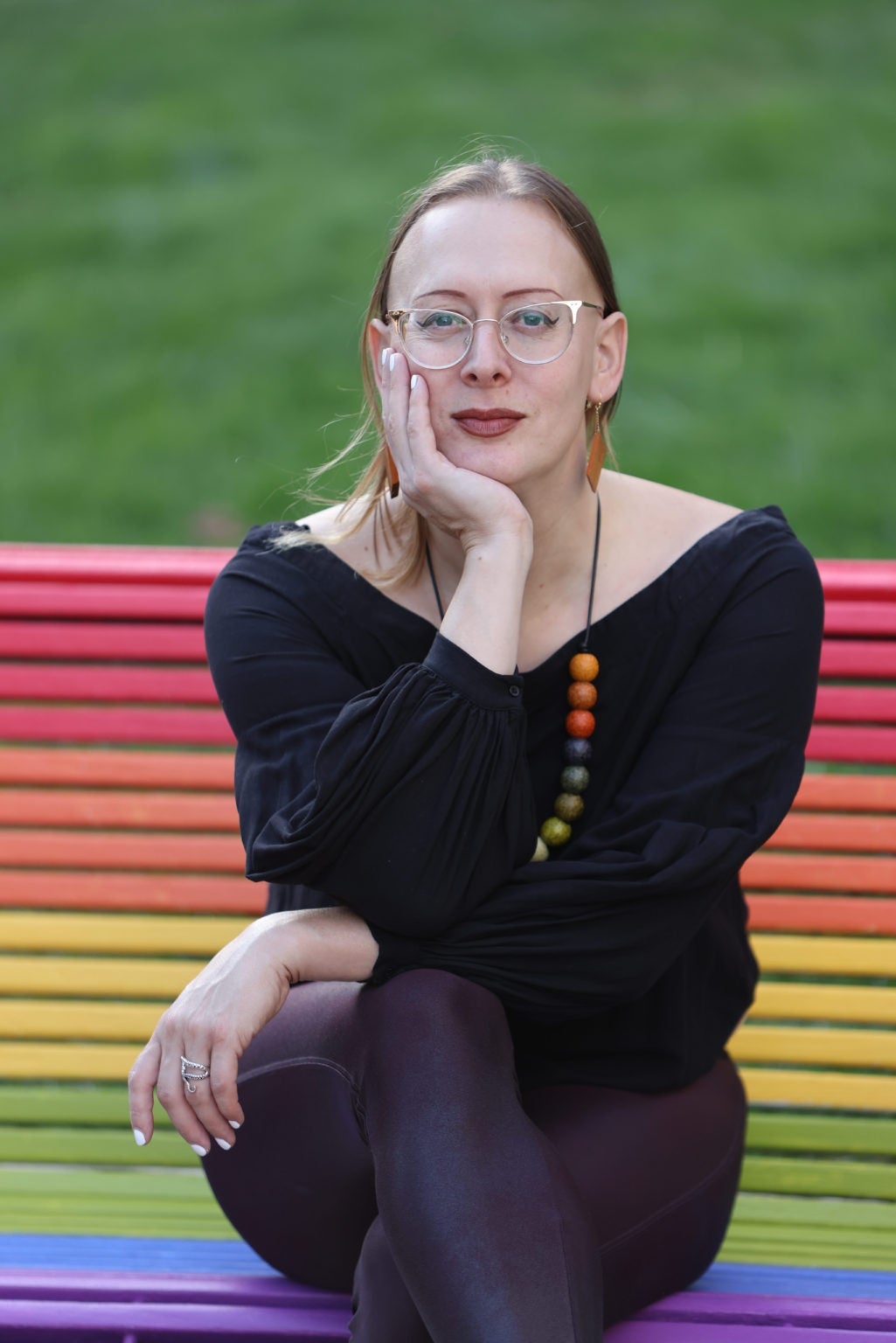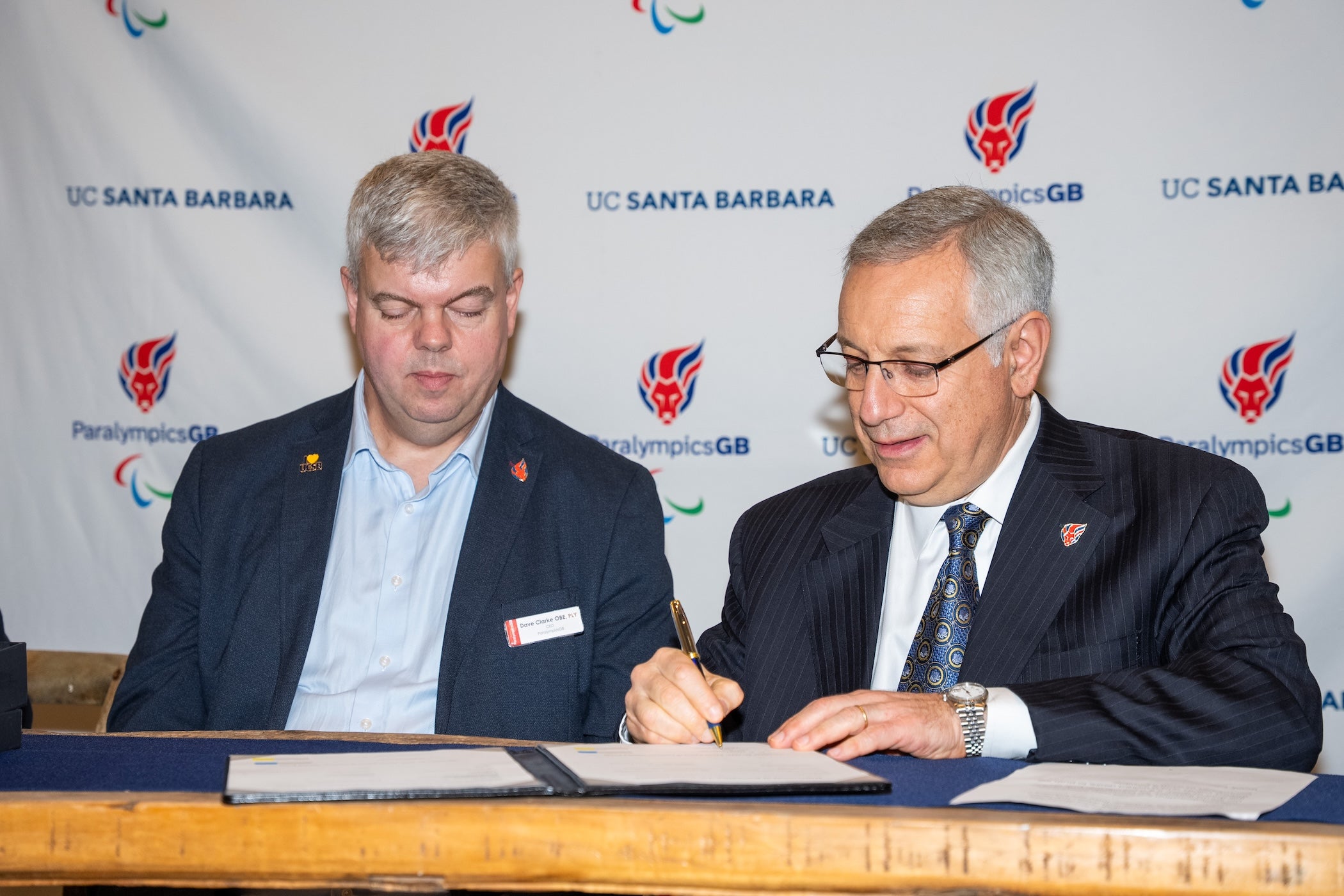Design justice scholar Sasha Costanza-Chock to speak at Center for Black Studies Research

What is the relationship between design, power and social justice?
In their book, “Design Justice: Community-Led Practices to Build the Worlds We Need” (MIT Press, 2020), researcher and designer Sasha Costanza-Chock, who uses the pronoun “they,” explores the theory and practice of design justice, demonstrating how universalist design principles and practices can erase certain groups of people. Their work is “a call for us to heed the growing critiques of the ways that design too often contributes to the reproduction of systemic oppression,” they described.
Costanza-Chock will visit UC Santa Barbara’s Center for Black Studies Research (CBSR, South Hall 4603) on April 30, at noon, to give the talk “Technology, Artificial Intelligence and Design Justice for All,” followed by a book signing and Q&A with CBSR Director and Professor Sharon Tettagah. The free event is presented by UCSB Arts & Lectures and the Justice for All Initiative. All UCSB students, faculty and staff are invited to attend.
From TSA pat-downs to “hackerspaces” and everything in between, Costanza-Chock explores how deeply gendered expectations and biases are intertwined in our day-to-day lives and technologies. Moreover, they provide practical strategies for moving beyond them. Their book also places the intricacies of navigating the world as a transgender individual into the constructive context of design thinking.
“A visionary scholar and activist bridging the worlds of technology, design and social justice,” said Tettegah in describing Costanza-Chock, noting that design justice aligns closely with the concepts and ethos of her College of Creative Studies class Technology: Bias, Equity, Ethics, Trust & Security (Technology and BEETS).
“Costanza-Chock brings a wealth of knowledge from their work as an organizer and communicator, and a deep commitment to the cause of design justice, a field in which their work has been groundbreaking,” Tettegah added. “They acknowledge the issues that their identity raises in relation to technology and use that experience to illustrate how design has an impact on justice.”
Costanza-Chock will be on campus for two days. In addition to their talk, hold a meet and greet with faculty at College of Creative Studies. On Thursday, April 31, they will visit Tettegah’s Technology & BEETS course, then meet with faculty and representatives from the Justice for All Initiative.



